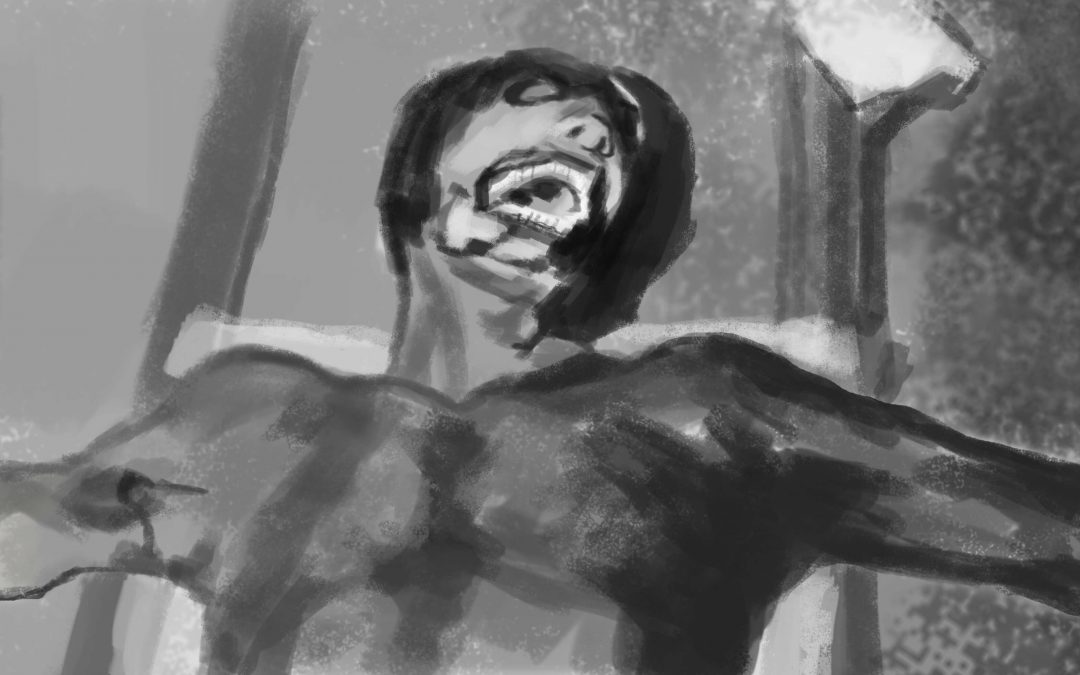
- #The body and the archive movie#
- #The body and the archive software#
- #The body and the archive professional#
For example, players were not allowed to take vitamins containing iron for seven days before the study. Once a person was deemed eligible to take part, they were given preparatory instructions, including what they should and should not do prior to the study.
#The body and the archive professional#
In addition, we required participants to complete a health questionnaire-the data collected from it was destroyed after the study was complete-and had a health professional evaluate each player's suitability for the study. We invited only people who had previously swallowed ingestible sensors. To minimize the risk of players having a GIT obstruction, we established a screening procedure. Risks associated with swallowing ingestible sensors. We believe the insights we gained can expand our knowledge around methods for interaction designers working with medical technologies beyond their medical uses. After approximately 12 to 36 hours, the capsule was excreted.Įngaging with ingestible technology raised a number of ethical questions that we intensively discussed with our ethics board, including the risks associated with the act of swallowing ingestible sensors, displaying real-time footage of the players' intestinal tracts, and privacy more generally. Each capsule's battery lasted for approximately eight hours, after which the players returned to the lab for a semi-structured interview. The player then left the lab and experienced InsideOut in everyday life. Each player visited the Exertion Games Lab, swallowed a nonreusable imaging capsule, and put on the wearable system. To understand the user experience of InsideOut, we conducted a study. We believe that by observing and interacting with interior-body information through technology, people can increase their awareness of the interior body and reach a deeper body consciousness. In another mode, users try to balance the imaging capsule's video stream on a virtual seesaw that is sensitive to their movements. For example, one play mode challenges users to tap an animated character flashing in their GIT video. The system provides six additional play modes to enable engaging interactions with the content.
#The body and the archive software#
The screen displays the video captured by the capsule in real time, allowing us to "see inside." The system allows players to freely explore how they can influence their GIT (through eating a meal, for example, or engaging in physical activity) while the software maps their body movements to manipulations such as scaling and rotating the video image. With InsideOut, the player swallows an imaging capsule and wears clothing with a screen embedded on the front.


In this respect, we have developed InsideOut, a wearable device that interacts with an imaging capsule system. In our work, we highlight the opportunity for combining ingestible devices with creative thinking-in particular, game-design thinking-to support people in the exploration of their interior bodies in playful ways. Although many of these works engage people with their own bodies by measuring bodily data through on-body physiological sensors, they do not engage with the interior body. Work in areas such as somatic design, the quantified self, and inbodied design aims at expanding and enriching our bodily awareness and understanding. Our explorations have also been inspired by the ways in which the human body has begun to occupy a more central role in contemporary interaction design. These creative works have inspired us to consider how we might use ingestible devices beyond their medical purposes, in particular how they might transform our interior body as a design element for digital play. Similarly, artist Mona Hatoum presented Corps Étranger, an art installation using endoscopic footage of her interior body. For example, Phillip Warnell underwent a capsule endoscopy medical procedure, producing more than 70,000 pictures of his GIT as material for an art project. After being swallowed, the capsule streams a video of the user's interior body as it moves naturally through their gastrointestinal tract (GIT).Īrtists have employed imaging capsules beyond their medical use, transforming the interior body into a design element.

One common type of ingestible sensor in clinical uses is an imaging capsule, which contains a small video camera, an LED, a video transmitter, and a battery. Among contemporary modern medical technologies, ingestible sensors-capsule-shaped digital devices that perform sensing and actuating functions -are analogous to the movie's submarine. The film exemplifies the ever-present human desire to know more about the interior body.
#The body and the archive movie#
Zhuying Li, Yan Wang, Stefan Greuter, Florian Muellerįantastic Voyage is a 1966 science-fiction movie in which a crew enters a submarine that is then shrunk and injected into a physicist's bloodstream to facilitate the removal of a life-threatening blood clot.


 0 kommentar(er)
0 kommentar(er)
